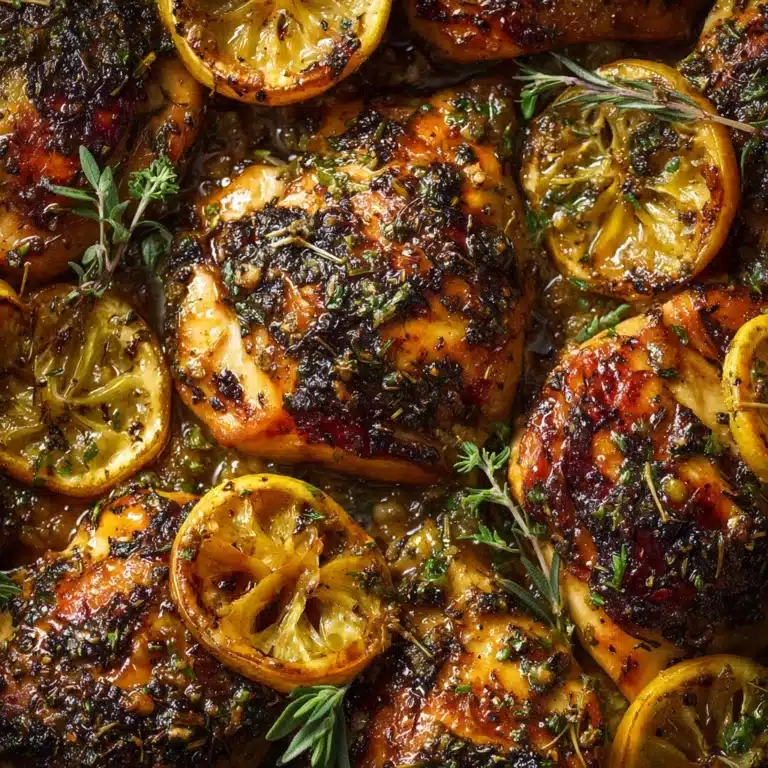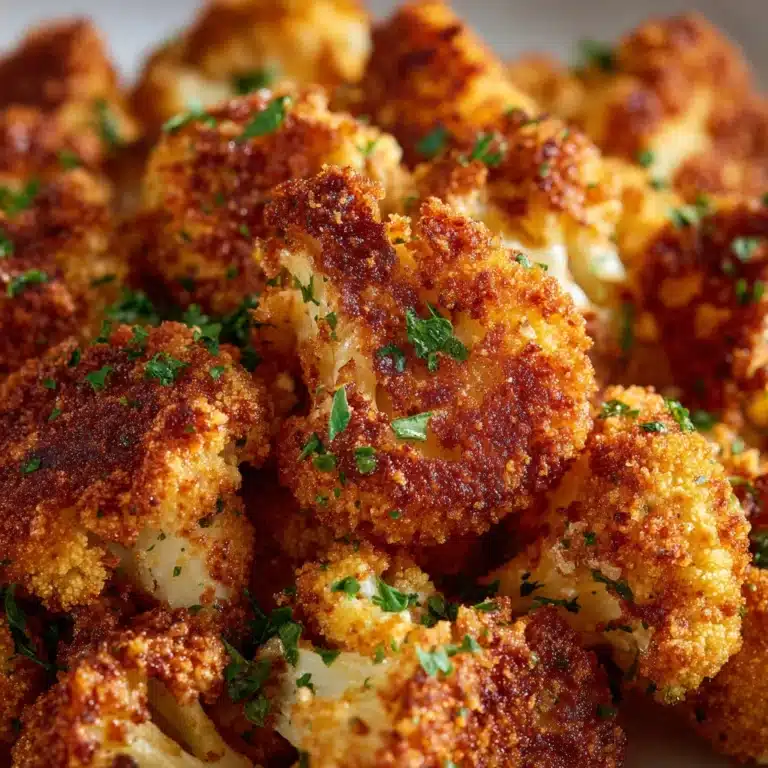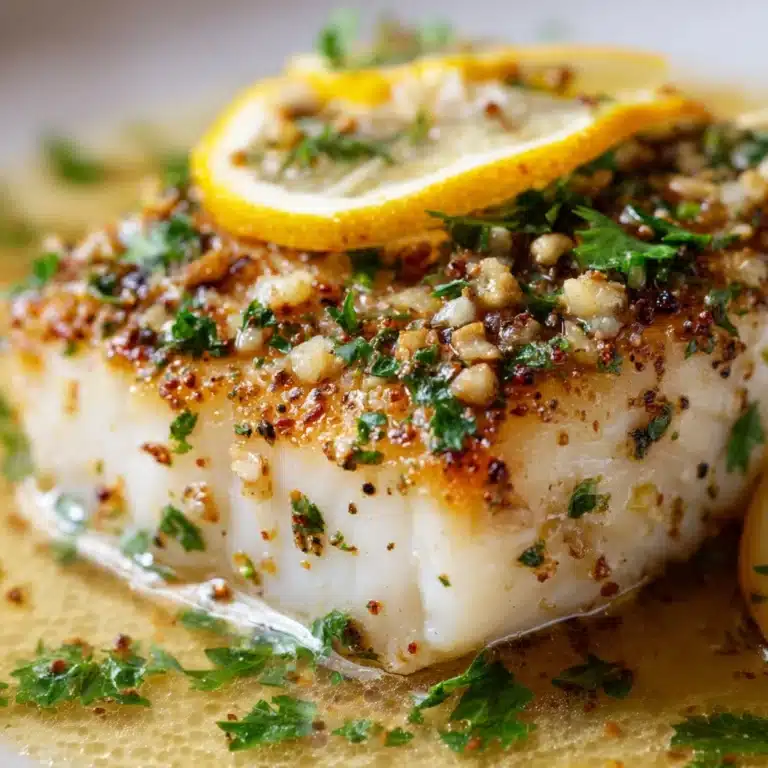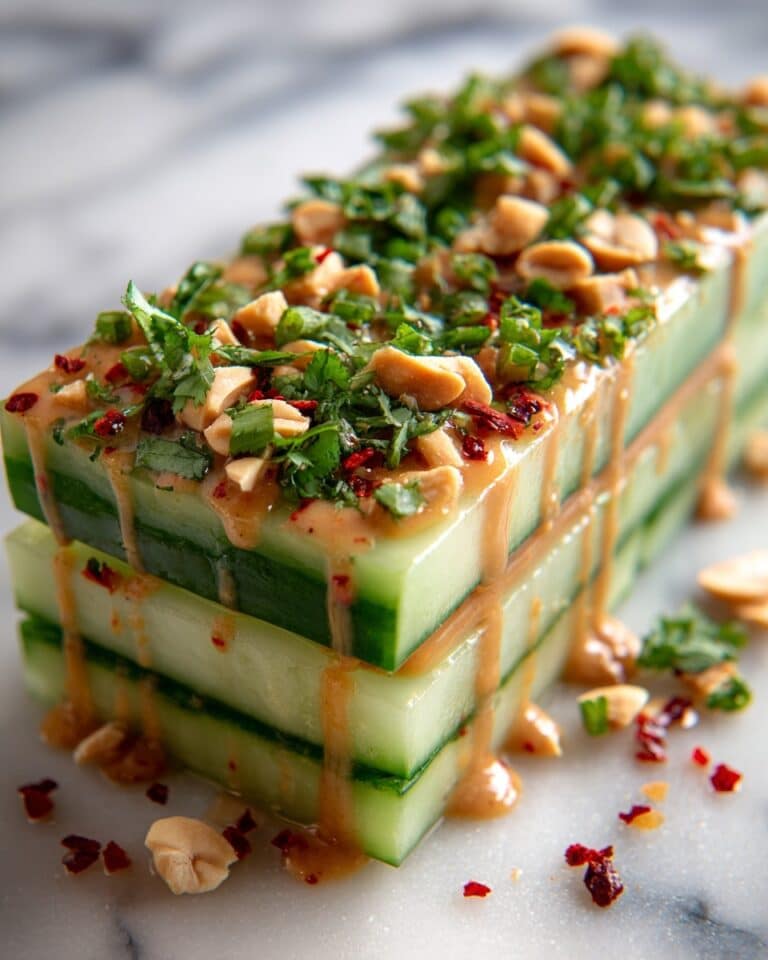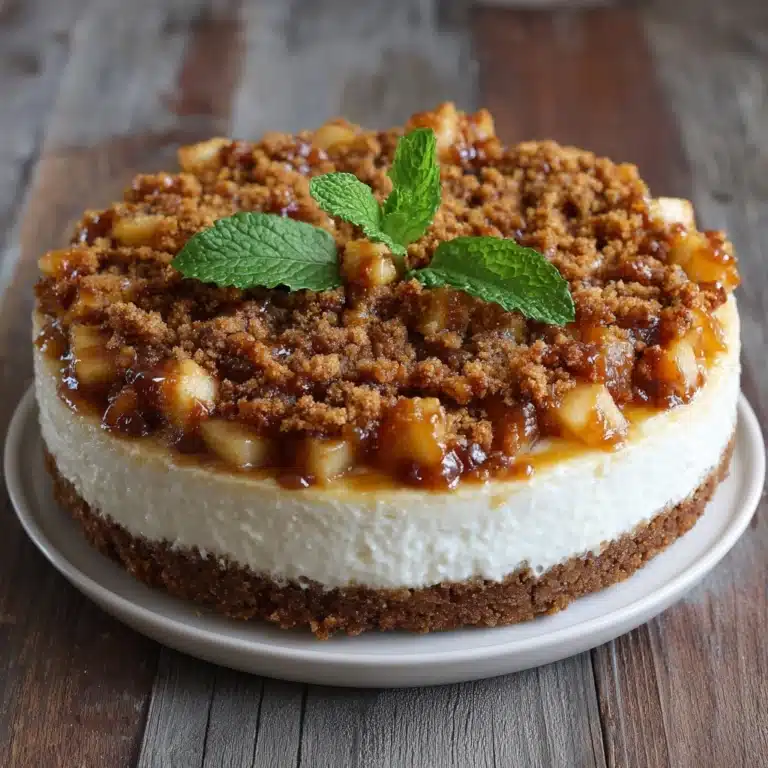If you’ve ever been captivated by a box of glossy, pastel cookies in a patisserie window, you already know the magical allure of French Macarons. These delicate sandwich cookies, with their crisp shells and luscious buttercream centers, are the ultimate treat for anyone who loves a touch of luxury with their desserts. Surprisingly, making French Macarons at home is totally doable with a little care, patience, and this foolproof recipe. Get ready to surprise your friends (and maybe even yourself) with beautiful, melt-in-your-mouth confections that taste just as good as they look.
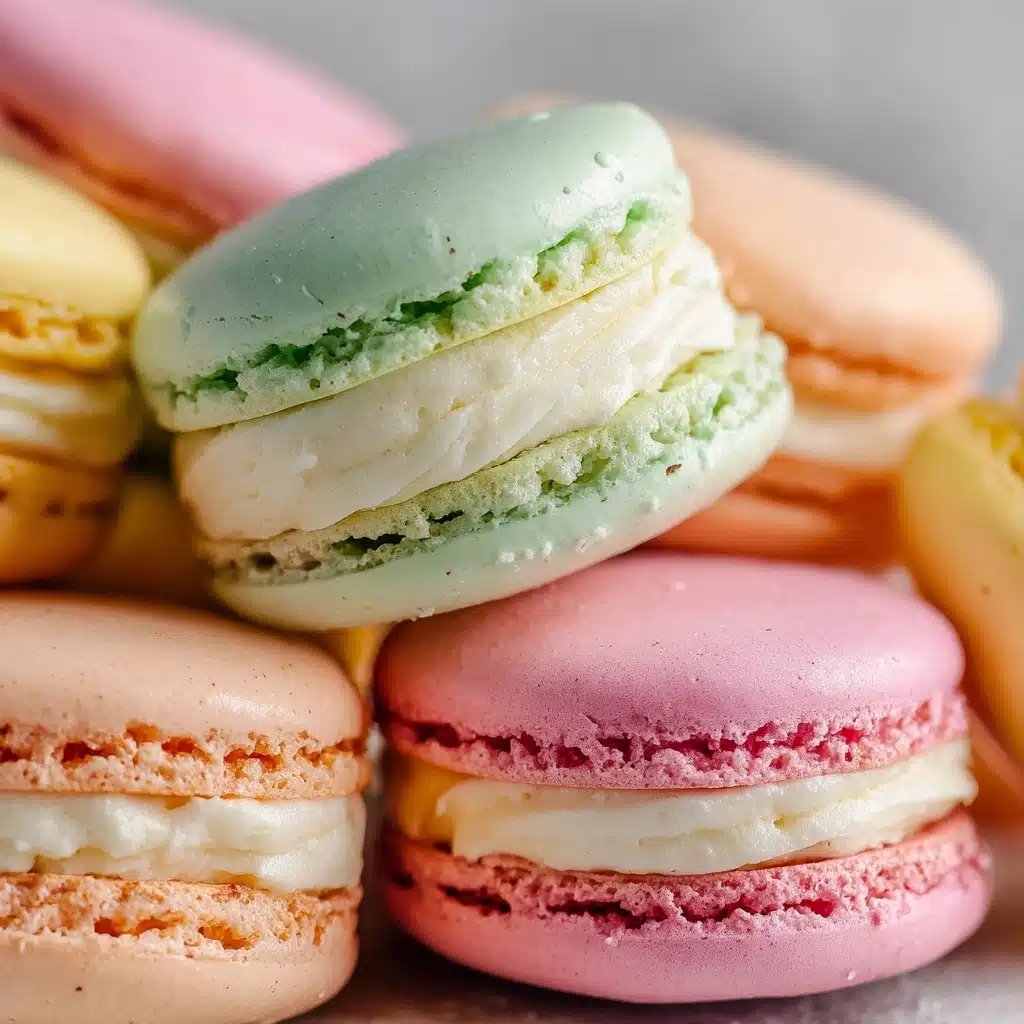
Ingredients You’ll Need
The beauty of French Macarons is that they require just a handful of essential ingredients, but each one plays a starring role in building those delicate textures and flavors. Here’s what you’ll need, plus some insider tips for the best results every time:
- Powdered sugar (1 3/4 cups): Gives macarons their sweet melt-in-the-mouth texture—always sift to prevent lumps.
- Almond flour, finely ground (1 cup): Offers signature nutty flavor and smoothness; ensuring a superfine grind is key for smooth shells.
- Egg whites, large, room temperature (3): They provide the necessary lift and structure; room temperature whites whip best.
- Granulated sugar (1/4 cup): Stabilizes the meringue, making for glossy, sturdy peaks.
- Cream of tartar (1/4 teaspoon): Helps stabilize and strengthen the meringue for that perfect rise.
- Food coloring gel (optional): Adds fun, vibrant color—a little goes a long way, and gels won’t alter batter consistency.
- For the filling – Unsalted butter, softened (1/2 cup): The silky base for your rich buttercream.
- Powdered sugar (1 1/2 cups): Ensures a smooth, sweet buttercream center.
- Heavy cream (2 tablespoons): Adds creaminess and helps create a dreamy, spreadable filling.
- Vanilla extract, or other flavor (1 teaspoon): The finishing touch for your buttercream—swap in any flavor you love!
How to Make French Macarons
Step 1: Prep the Baking Sheets
Begin by lining two baking sheets with parchment paper or silicone mats. This prevents the macarons from sticking and helps them bake evenly. Get everything in place before you start mixing—macaron batter waits for no one!
Step 2: Sift Dry Ingredients
Sift the powdered sugar and almond flour together into a large bowl. Sifting not only mixes them thoroughly but also helps achieve ultra-smooth shells, free from lumps or gritty bits. It’s a small step that makes a world of difference.
Step 3: Whip the Meringue
In a separate large bowl, beat your room-temperature egg whites with the cream of tartar on medium speed until foamy. Gradually add the granulated sugar, then turn your mixer to high and whip until stiff, glossy peaks form. If you’re dreaming of pastel-hued French Macarons, add your food coloring gel here and give it a gentle swirl until fully incorporated.
Step 4: Fold in the Almond Mixture
Using a spatula, fold the sifted almond flour mixture into the meringue in three parts. Gentle, sweeping motions are best—you want to maintain as much air as possible while achieving a batter that flows in thick ribbons. Too much mixing and you’ll lose structure; too little and your macarons will be dense. You’re looking for batter that holds its shape but slowly sinks back into itself.
Step 5: Pipe and Rest the Macarons
Transfer the macaron batter to a piping bag fitted with a round tip. Pipe 1 to 1.5-inch rounds onto your prepared baking sheets, spacing them apart. Tap the trays firmly on the counter several times to burst any surface bubbles—this step ensures smooth tops. Let the round shells rest at room temperature for 30 to 60 minutes, or until they form a thin skin and are no longer sticky to the touch. This rest is crucial for that iconic smooth dome and ruffled “feet.”
Step 6: Bake to Perfection
Preheat your oven to 300°F (150°C). Bake the macarons one tray at a time for 15 to 18 minutes, rotating halfway through. You’ll know they’re done when they’ve developed those classic “feet” and the tops don’t budge when gently nudged. Cool completely on the baking sheets—you don’t want to risk the shells sticking or cracking.
Step 7: Make the Buttercream Filling
While the shells cool, beat the softened butter until creamy. Add powdered sugar, heavy cream, and vanilla extract, beating until the mixture is light and fluffy. This classic buttercream is the perfect sweet, silky partner to your delicate cookies, but feel free to swap in flavors or colors to match the occasion!
Step 8: Fill and Assemble
Transfer the filling to a piping bag and pipe small rounds onto the flat side of half of your cooled macaron shells. Top with the remaining shells, pressing gently to create the classic French Macaron sandwich. Voilà! You’ve created the most elegant and irresistible little desserts.
How to Serve French Macarons

Garnishes
French Macarons are already quite the lookers, but a little extra flourish can take them over the top. Try a gentle dusting of edible glitter, a sprinkle of finely chopped pistachios, or a few dainty edible flowers. Carefully adding a chocolate drizzle or painting a brush of luster dust gives a striking finish for special occasions.
Side Dishes
Macarons are dainty delights often enjoyed alongside a cup of tea or espresso. For a more elaborate treat, serve alongside fresh berries, lemon sorbet, or a platter of other assorted petite desserts. The combination brings out the flavors and adds a lovely contrast of textures and colors to your dessert spread.
Creative Ways to Present
You can arrange French Macarons in a colorful tower on a tiered cake stand, tuck them into clear cellophane bags with a pretty ribbon, or box them up as personalized party favors. They make for a dazzling centerpiece at showers, birthdays, or as a surprise gift for someone special—you’ll be surprised how delighted your guests will be!
Make Ahead and Storage
Storing Leftovers
For the very best texture and flavor, store your assembled French Macarons in an airtight container in the refrigerator for at least 24 hours before serving. This resting time allows the shells to absorb some moisture from the filling, turning them irresistibly tender and flavorful. They’ll keep fresh in the fridge for up to five days.
Freezing
If you want to make French Macarons well in advance, you’re in luck—they freeze like a dream! Simply arrange them in a single layer in an airtight container, separating layers with parchment. Thaw overnight in the refrigerator before serving for perfect texture and taste.
Reheating
French Macarons are best enjoyed at room temperature, straight from the fridge or after thawing. There’s no need to reheat! Just let them sit out for about 20 to 30 minutes before serving so the buttercream softens and the flavors shine.
FAQs
Why do my macarons crack or have no feet?
This usually happens if the batter has been over- or under-mixed, or if the shells didn’t rest long enough before baking. Always ensure your batter flows in thick ribbons and give the macarons at least 30 minutes of rest to develop their “skin.”
Can I flavor or color the shells?
Absolutely! Use food coloring gel to add vibrant hues to your shells—just a small amount is enough. For flavor, be cautious: extracts or liquids can ruin the batter, but you can add flavor in the filling, or use powdered flavors in the shells if you’re experienced.
What’s the best way to get even, smooth macaron shells?
Sifting the dry ingredients and using a piping bag are key. Tap the trays on the counter to release bubbles, and always allow the shells to rest before baking for a perfect, smooth finish every time.
My macarons are hollow inside, what did I do wrong?
Hollow shells usually mean the oven temperature was off or the meringue wasn’t whipped enough. Try an oven thermometer for accuracy, and make sure to whip meringue until very stiff and glossy before folding in the almond mixture.
How far in advance can I make French Macarons?
You can make them up to a week ahead if storing in the refrigerator, or up to a month if freezing. Macarons develop even better texture after resting, so making ahead is often encouraged!
Final Thoughts
Once you’ve mastered a tray of classic French Macarons, you’ll feel like a true pastry artist—these airy delights never fail to dazzle. I hope you’ll try baking a batch soon and treat yourself (and your loved ones) to a homemade taste of Parisian bliss!
Print
French Macarons Recipe
- Total Time: 1 hour 30 minutes (includes resting time)
- Yield: 24 macarons 1x
- Diet: Gluten-Free, Vegetarian
Description
Learn how to make classic French Macarons with a delicate almond meringue shell and a creamy buttercream filling. These gluten-free treats are perfect for any occasion!
Ingredients
For the Macarons:
- 1 3/4 cups powdered sugar
- 1 cup almond flour, finely ground
- 3 large egg whites, room temperature
- 1/4 cup granulated sugar
- 1/4 teaspoon cream of tartar
- Food coloring gel (optional)
For the Filling:
- 1/2 cup unsalted butter, softened
- 1 1/2 cups powdered sugar
- 2 tablespoons heavy cream
- 1 teaspoon vanilla extract (or other flavor extract)
Instructions
- Prepare the Macarons: Line baking sheets with parchment paper. Sift powdered sugar and almond flour together. Beat egg whites, cream of tartar, and granulated sugar until stiff peaks form. Fold in flour mixture and food coloring.
- Pipe the Macarons: Transfer batter to a piping bag. Pipe rounds onto baking sheets. Tap sheets to remove air bubbles. Let shells rest.
- Bake the Macarons: Preheat oven to 300°F. Bake macarons until set. Cool on sheets.
- Make the Filling: Beat butter until creamy. Add powdered sugar, cream, and vanilla. Pipe onto macaron shells. Sandwich with remaining shells.
Notes
- Store macarons in the refrigerator for 24 hours before serving.
- Bring to room temperature before enjoying.
- Keep refrigerated for up to 5 days.
- Prep Time: 30 minutes
- Cook Time: 18 minutes
- Category: Dessert
- Method: Baking
- Cuisine: French
Nutrition
- Serving Size: 1 macaron
- Calories: 90
- Sugar: 10g
- Sodium: 5mg
- Fat: 4g
- Saturated Fat: 2g
- Unsaturated Fat: 2g
- Trans Fat: 0g
- Carbohydrates: 12g
- Fiber: 0g
- Protein: 1g
- Cholesterol: 10mg

